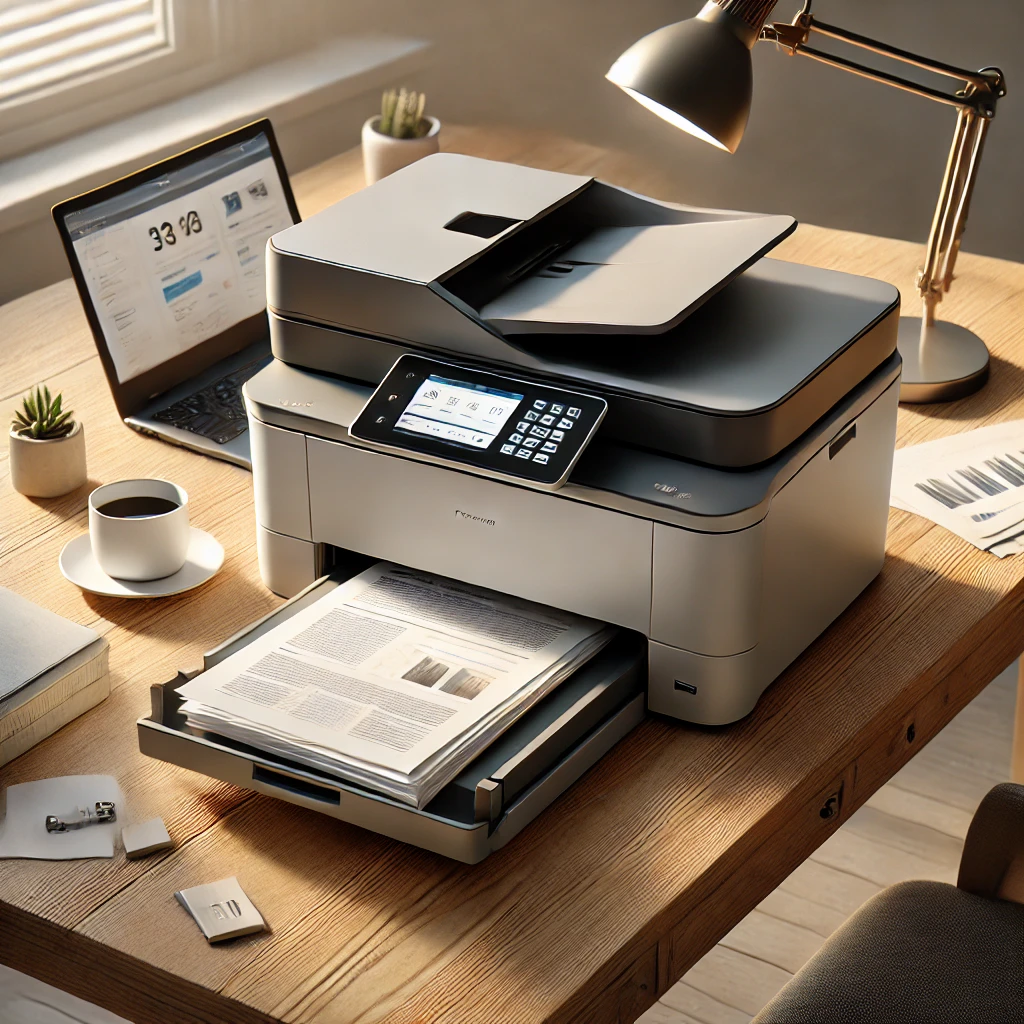Managed Print Services
"Print Spark" and "Honestattva It Solutions"
What do Managed Print Services entail?
Managed Print Services (MPS) involve outsourcing a company’s printing requirements to an external provider who oversees every aspect of the company’s print infrastructure. This service goes beyond just supplying printers and ink; it encompasses tasks such as monitoring print usage, maintaining devices, supplying materials, and optimizing print workflows to improve efficiency and reduce expenses.
Here’s an overview of what Managed Print Services usually include:
Print Fleet Management: MPS providers take responsibility for managing all print-related devices, including printers, scanners, copiers, and fax machines. This includes tracking usage, ensuring devices are functioning well, and maintaining their optimal performance.
Cost Reduction: MPS can help businesses reduce expenses by streamlining printing processes, cutting down on waste, and consolidating devices. It also involves tracking printing activity to identify cost-saving opportunities.
Supply Management: The MPS provider ensures there is no shortage of toner or ink by monitoring supply levels and automatically delivering replacements when needed.
Device Maintenance and Support: MPS covers device upkeep, including regular maintenance, troubleshooting, and repair services, reducing downtime and boosting productivity.
Print Security: MPS providers often introduce security measures to protect confidential information and ensure compliance with industry standards and regulations.
Sustainability: MPS contributes to a company’s environmental goals by managing and recycling supplies, reducing paper waste, and using energy-efficient devices.


The Importance of Managed Print Services (MPS) for Your Business
Managed Print Services (MPS) optimize your printing operations, cut costs, and improve efficiency. With MPS, your printing environment is professionally managed, ensuring devices are maintained, supplies are automatically restocked, and downtime is minimized. This lets your business concentrate on its core functions instead of handling printer issues. MPS also strengthens security by safeguarding sensitive data and preventing potential breaches. Moreover, it supports sustainability by reducing paper waste and enhancing energy efficiency. By outsourcing print management, your business saves time, money, and resources, leading to higher productivity and smoother operations.
Advantages of Managed Print Services (MPS)
- Cost Savings: MPS helps reduce printing costs by optimizing print usage, consolidating devices, and minimizing waste.
- Improved Efficiency: Streamlined print management processes boost productivity and allow employees to focus on core tasks.
- Automatic Supply Management: Ensures printers never run out of toner or ink by automatically monitoring and replenishing supplies.
- Reduced Downtime: Regular maintenance and prompt repair services minimize device downtime, improving workflow continuity.
- Enhanced Security: MPS provides security measures to protect sensitive data and ensure compliance with industry regulations.
- Environmental Impact Reduction: MPS supports sustainability by reducing paper waste and promoting energy-efficient devices.
- Centralized Print Management: Simplifies print tracking and monitoring, offering insights into usage patterns and opportunities for cost reduction.
- Scalability: MPS can easily scale to meet the evolving needs of growing businesses, offering flexibility and adaptability.
- Expert Support: Access to professional support ensures that your print environment runs smoothly without the need for in-house expertise.
Begin Saving with Managed Print Services
Wondering how much you could save and improve with managed print services? Let HeadAccountant take care of your printing needs, so you can focus on growing your business. Contact us today for a free assessment and let us streamline your print environment.
Together, we can optimize your printing processes, allowing you to concentrate on strengthening your brand. We also offer on-site consultations within four hours of reaching out, ensuring prompt and dependable support.








